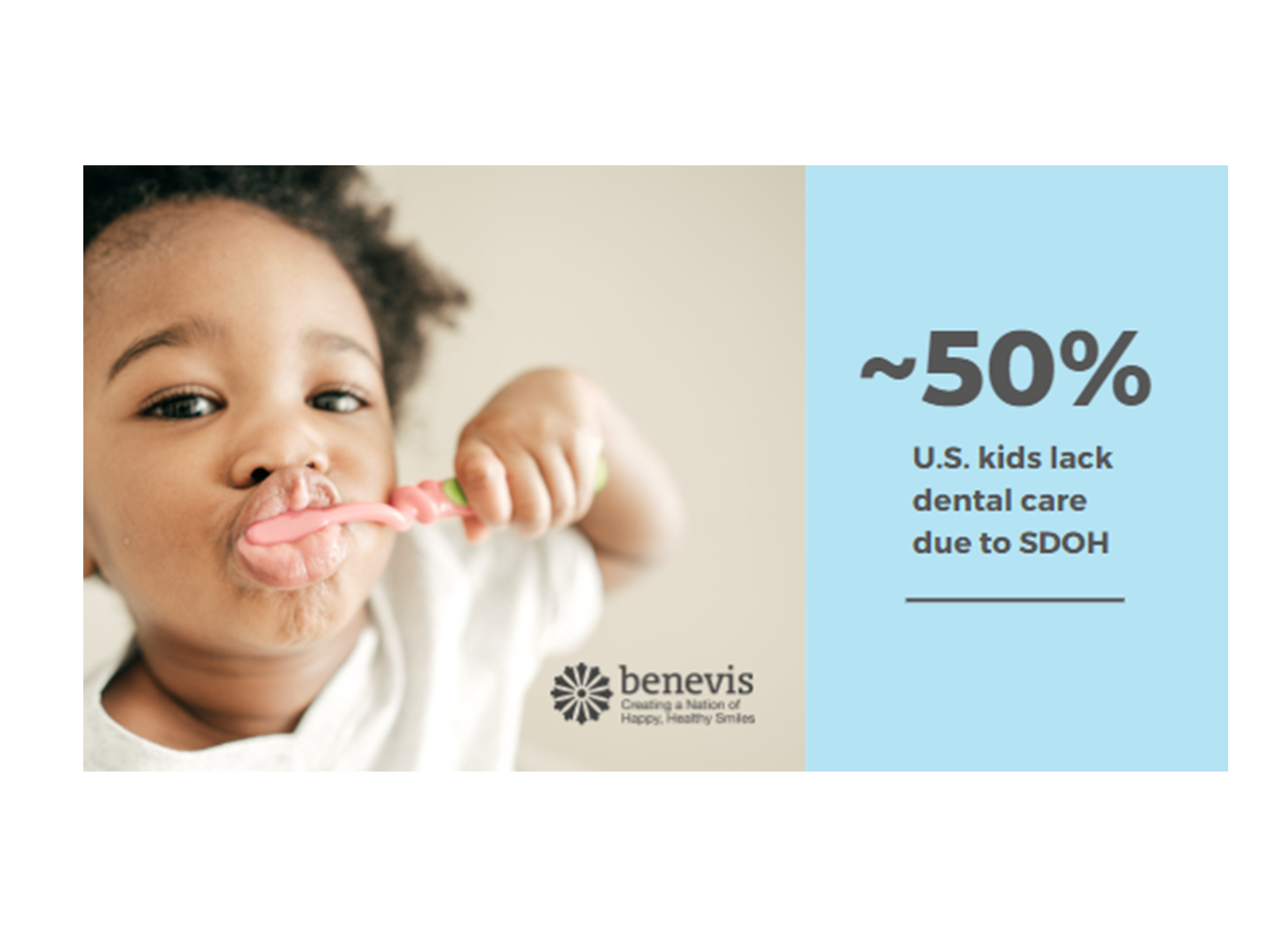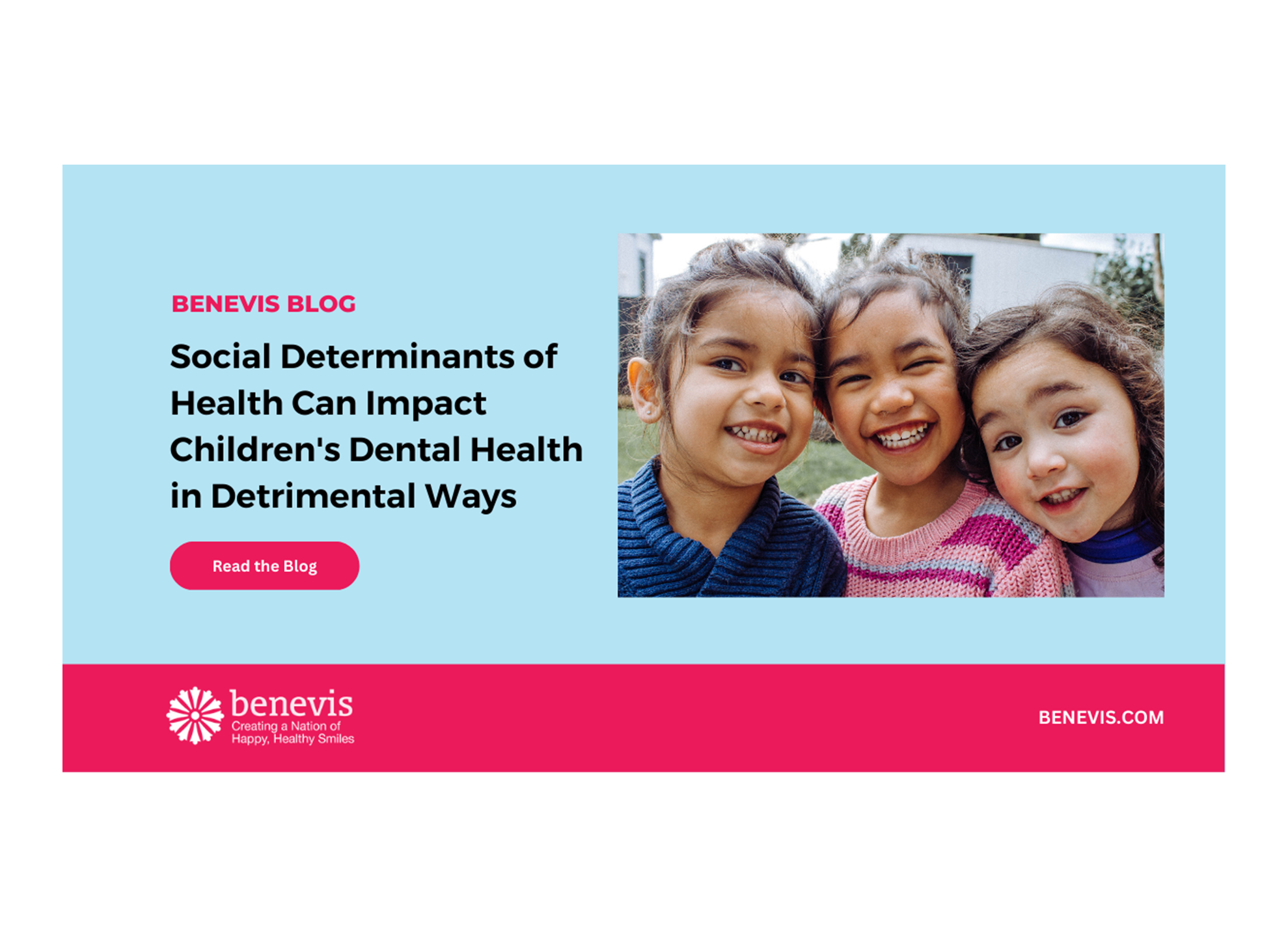Dental Health Disparities Worse for Minority Children
A child’s race or ethnicity can have a significant impact on their oral health. Studies have found that minority children are more likely to suffer from tooth decay and other oral health issues than White children (1). Minorities are also less likely to receive routine dental care or preventive treatments such as fluoride varnish, sealants, and dental sealers. Additionally, Mexican-American, non-Hispanic Black, American Indian and Alaskan Native children are more likely to experience disparities in the quality of dental care they receive compared to White children (10).
Effects of Race and Ethnicity on Oral Health
- Mexican American and non-Hispanic Black preschool children have a 1 to 2 times higher prevalence of caries (tooth decay) than their non-Hispanic White peers (1).
- American Indian and Alaskan Native children have the highest rate of childhood caries of any group (11).
- 71% of American Indian and Alaskan Native children have had a cavity by 5 years of age (11).
A number of social factors can contribute to these disparities, including limited access to oral health services, reduced insurance coverage for preventive treatments and restorative procedures, and lack of knowledge about proper oral healthcare.
Along with a greater burden of poor oral health for minority children can come pain and problems with eating, speaking, and learning, and an increased risk for developing more serious health conditions and diseases. Read the Benevis White Paper to learn more about the effects social determinants of health have on children’s oral health.
*See all blog citation sources in the Reference section of the Benevis SDOH White Paper.


